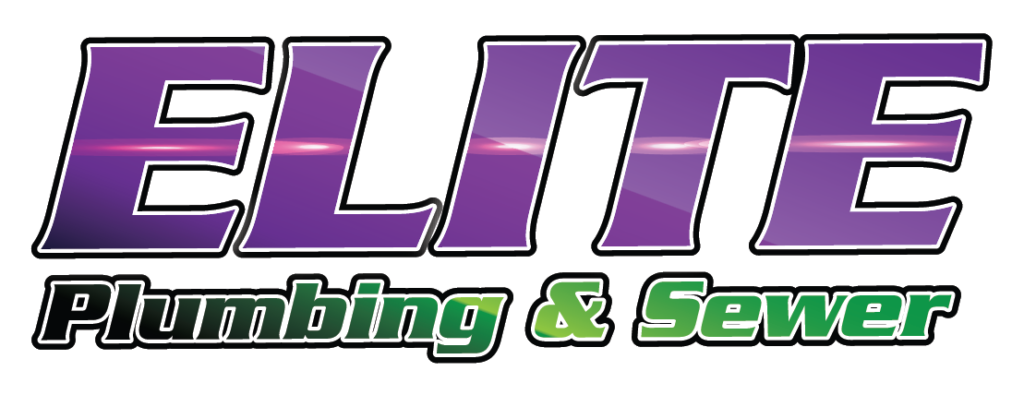There’s nothing more frustrating than turning on your faucet or shower and being met with a weak trickle of water. Many homes in Snohomish County experience low water pressure, disrupting daily routines and causing unnecessary stress. Understanding the causes behind this common issue is the first step toward finding effective solutions.
At Elite Plumbing, we recognize the importance of consistent water flow in your home. We’re here to help you identify the root causes of low water pressure and restore optimal flow throughout your household.
The Basics of Water Pressure
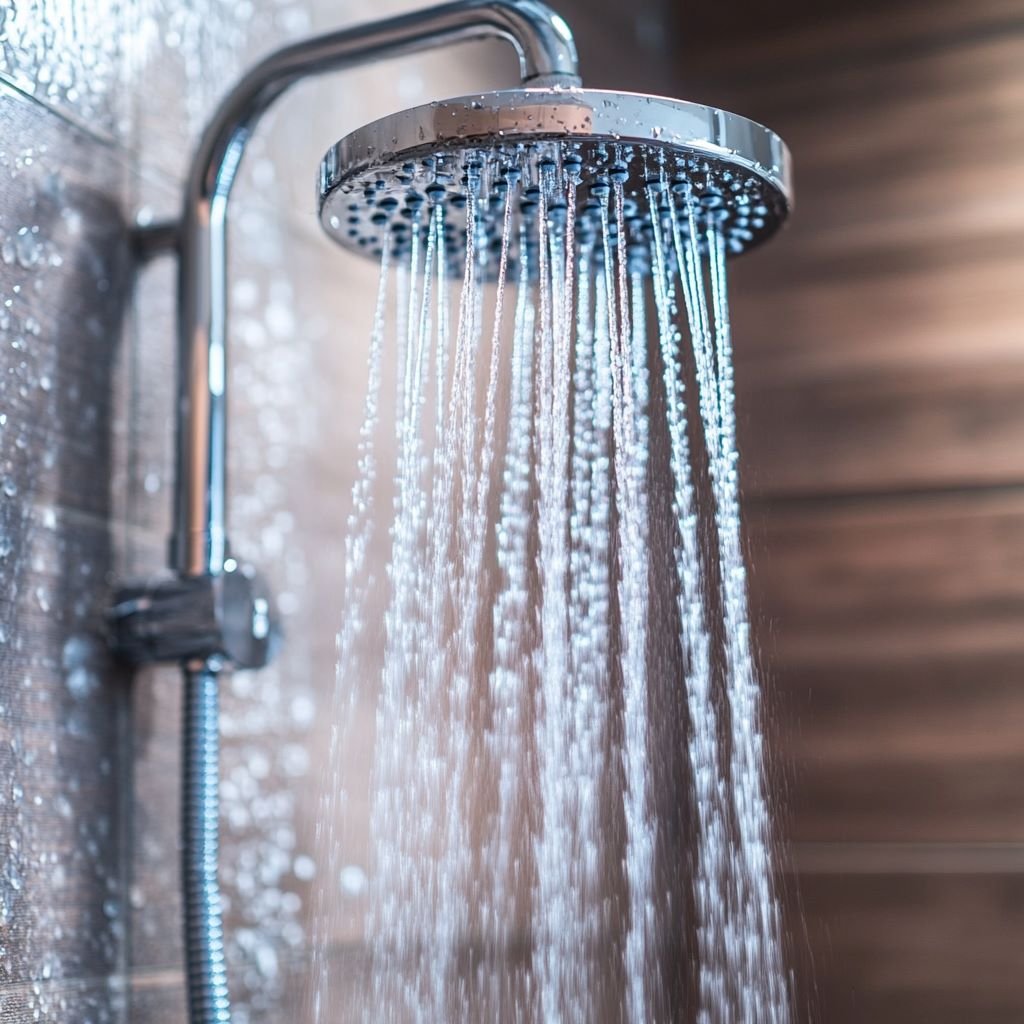
Water pressure is the force that pushes water through your pipes and out of your fixtures. It’s measured in pounds per square inch (PSI), with normal residential pressure typically ranging between 45 to 80 PSI.
Why Consistent Water Pressure Matters in Snohomish Homes:
- Guarantees enjoyable showers and efficient appliance operation: Strong water pressure makes daily activities like showering and running dishwashers more effective and time-efficient.
- Makes daily tasks like washing dishes hassle-free: Adequate pressure helps in cleaning dishes thoroughly without wasting time.
- Vital for maintaining a comfortable and functional household: Consistent pressure prevents wear and tear on your plumbing system, extending its lifespan.
Common Causes of Low Water Pressure in Snohomish Homes
1. Clogged Pipes
Over time, mineral buildup or debris can accumulate inside your pipes, restricting water flow. This issue is prevalent in Snohomish homes, particularly in areas with hard water. The minerals dissolved in hard water can crystallize and adhere to the inner walls of your pipes, narrowing the passage and reducing pressure.
Causes of Clogged Pipes:
- Hard water leading to mineral deposits: Minerals like calcium and magnesium accumulate over time.
- Debris from corroded pipes: Aging pipes may corrode, and the resulting debris can obstruct water flow.
Signs Your Pipes May Be Clogged:
- Gradual decrease in water pressure: A slow reduction in flow from faucets and showerheads.
- Discolored water: Water may appear yellow, brown, or reddish due to rust or mineral particles.
- Unusual noises from pipes: Whistling, banging, or gurgling sounds indicating blockages.
2. Leaking Pipes
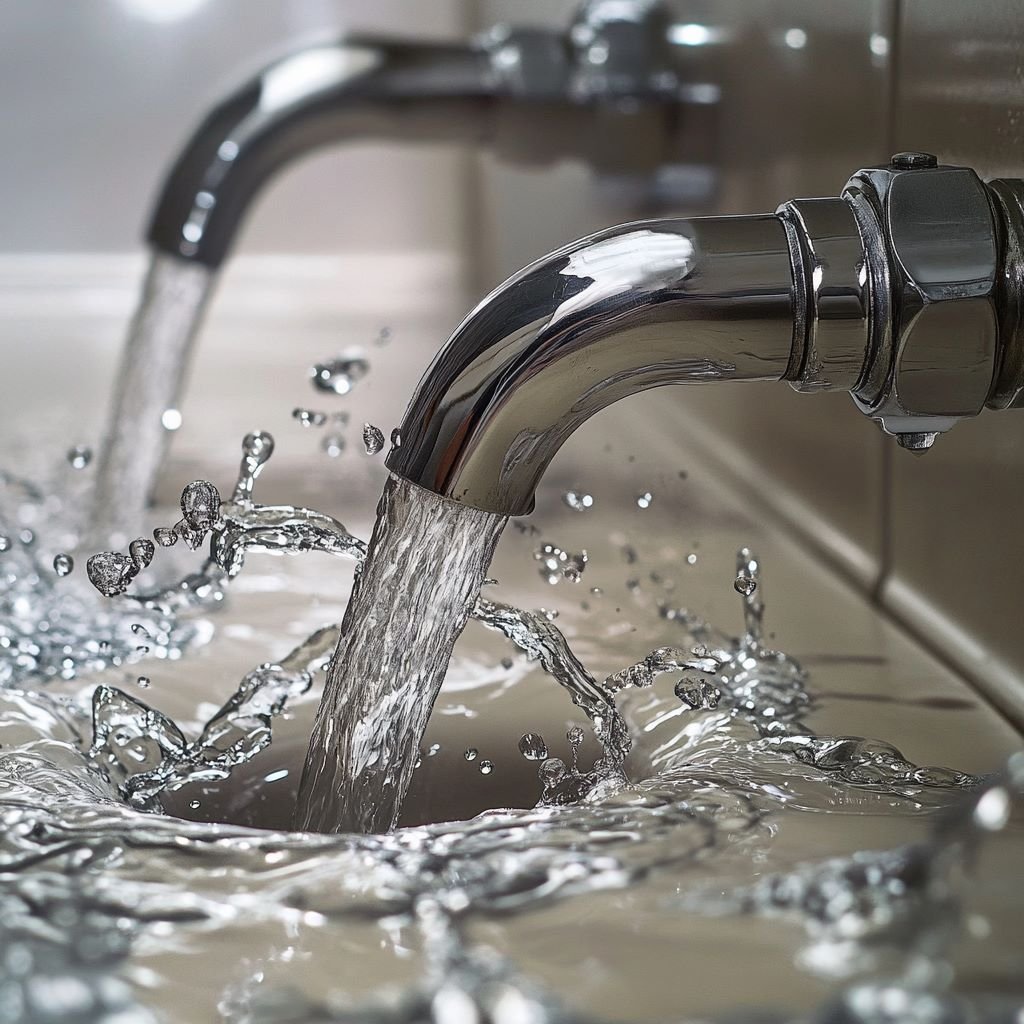
Undetected leaks not only waste water but also reduce pressure throughout your home. Even small leaks can significantly impact your water pressure over time.
Particularly Common In:
- Older Snohomish homes with aging infrastructure: Homes built decades ago may have outdated or worn-out pipes prone to leaks.
Indicators of Leaking Pipes:
- Unexpectedly high water bills: A sudden spike without increased usage suggests a leak.
- Damp spots or water stains on walls and ceilings: Visible signs of moisture indicate leaks behind walls.
- Mold or mildew growth: Persistent dampness promotes mold, affecting indoor air quality.
3. Municipal Water Supply Issues
Sometimes, the problem isn’t within your home but originates from the municipal water supply. Maintenance work, broken water mains, or high demand can temporarily reduce water pressure.
What You Can Do:
- Check with local Snohomish water authorities for maintenance updates: They may provide information on known issues or scheduled repairs.
- Ask neighbors if they’re experiencing similar issues: If they are, it’s likely a community-wide problem rather than an issue with your home’s plumbing.
4. Pressure Regulator Malfunctions
A pressure regulator controls the water pressure entering your home. If it fails, you might experience unusually high or low pressure, which can strain your plumbing system and appliances.
Signs of a Faulty Pressure Regulator:
- Sudden changes in water pressure: Abrupt increases or decreases when using faucets or showers.
- Noisy plumbing fixtures: Whistling or hammering sounds when water is running.
- Visible damage or corrosion on the regulator: Physical wear that may affect functionality.
5. Corroded Pipes
Aging pipes, especially in historic Snohomish homes, can corrode over time. Corrosion reduces water flow and can lead to water quality issues.
Impact of Corrosion:
- Causes leaks and pipe bursts: Weak spots in pipes can result in significant water damage.
- Leads to discolored or metallic-tasting water: Corrosion particles contaminate your water supply.
- Decreases overall water pressure: Narrowed pipe diameters restrict water flow.
6. Faulty Plumbing Fixtures
Worn-out or clogged faucets and showerheads can significantly impact water pressure. Mineral deposits and wear can reduce the efficiency of these fixtures.
Solutions:
- Clean aerators and showerheads regularly: Removing mineral buildup restores proper flow.
- Replace old fixtures with high-efficiency models: Modern fixtures maintain pressure while conserving water.
How to Identify Low Water Pressure Problems

Testing Individual Fixtures
Determining whether the low pressure is isolated to one fixture or affects the entire house is crucial.
Steps to Test Fixtures:
- Turn on each faucet and shower separately: Observe the water flow from each.
- Note any differences in water flow: Identify fixtures with reduced pressure.
- Isolate the problem area: This helps determine if the issue is localized or systemic.
Checking for Leaks
Leaks can be both visible and hidden. Regular inspections help detect them early before they cause extensive damage.
Tips for Detecting Leaks:
- Examine exposed pipes for moisture: Check under sinks, in basements, and crawl spaces.
- Look for water stains around appliances: Appliances like water heaters and washing machines can develop leaks.
- Monitor your water bill for unexplained increases: A higher bill without increased usage suggests a leak.
Inspecting Your Water Meter
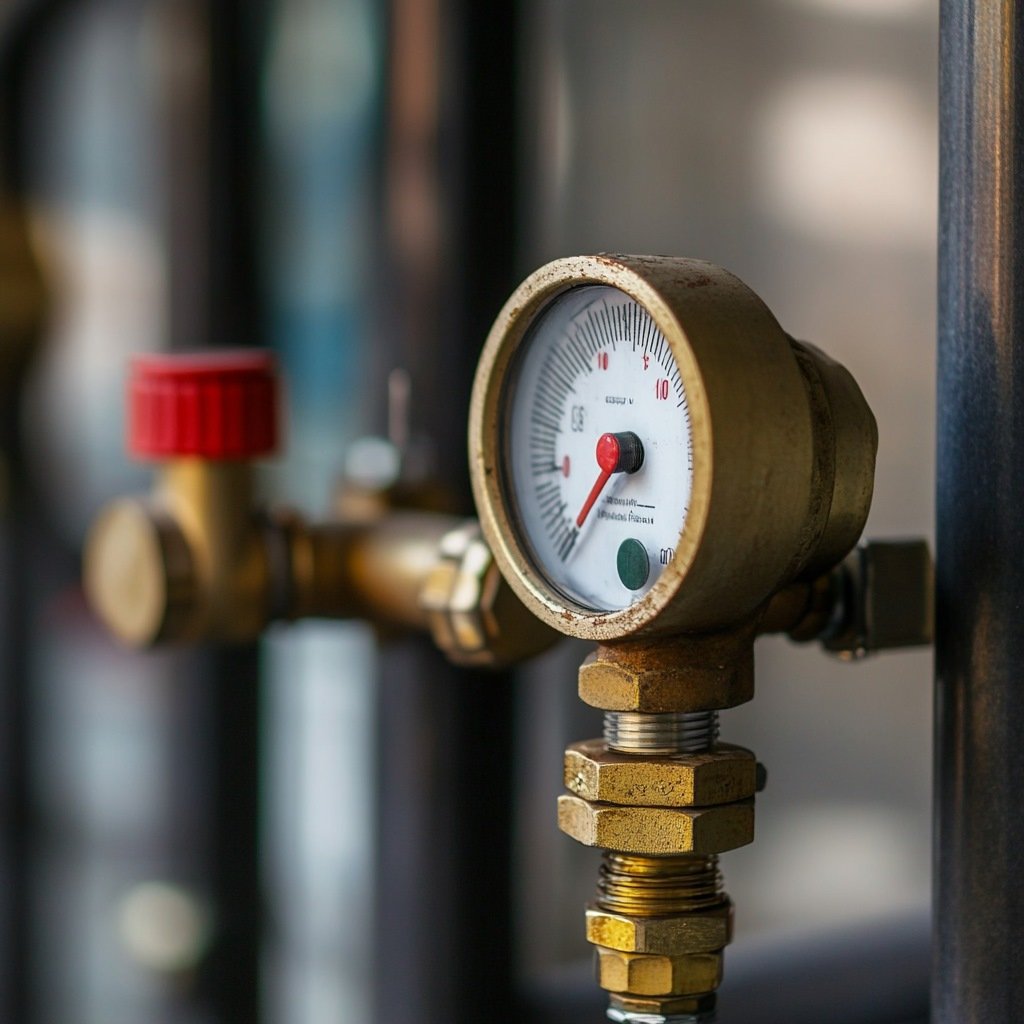
Your water meter can reveal leaks and pressure issues by showing water usage when all water should be off.
How to Use Your Water Meter:
- Make sure all water sources are off: Don’t use any water during the test.
- Check if the meter is still running: Movement indicates water is flowing somewhere.
- A moving meter indicates a leak: Investigate further if the meter doesn’t stay still.
Observing Seasonal Changes
Colder Snohomish winters can affect your plumbing system, leading to pressure issues.
Impact of Cold Weather:
- Pipes may freeze or burst, reducing pressure: Frozen water expands, stressing pipes.
- Insulate pipes to prevent freezing: Use pipe insulation in vulnerable areas like attics or crawl spaces.
Hiring a Professional Plumber
When DIY diagnostics aren’t enough, it’s time to call in the experts. Professional plumbers have the tools and experience to identify and fix complex issues.
Why Choose Elite Plumbing:
- Expertise in troubleshooting low water pressure: Our team understands common Snohomish plumbing problems.
- Advanced diagnostic tools: We use the latest technology to detect issues quickly.
- Comprehensive solutions tailored to your home: Personalized recommendations make sure of long-term results.
From Arlington to Bothell, we’ve got you covered.
Preventive Measures for Consistent Water Pressure
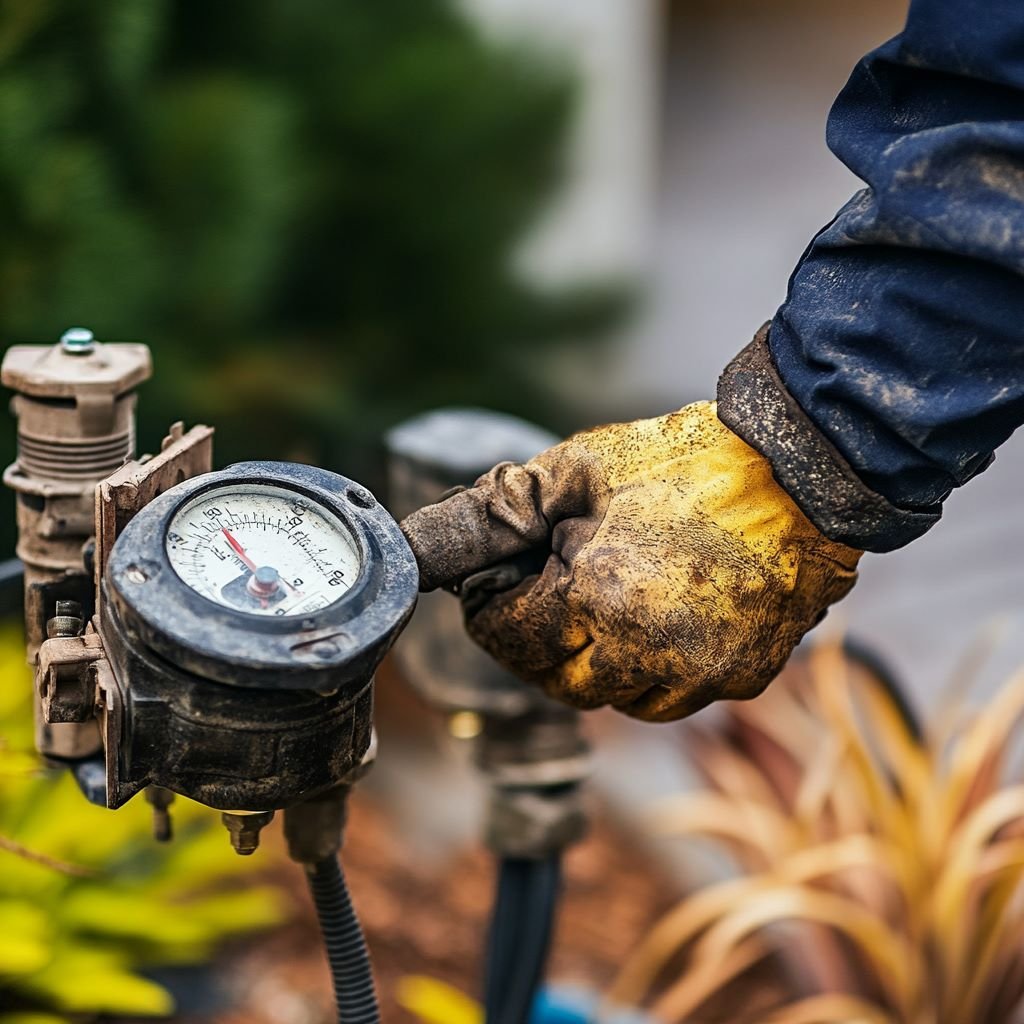
Regular Plumbing Maintenance
Proactive maintenance can prevent many water pressure issues.
- Schedule annual inspections: Early detection of potential problems saves time and money.
- Clean fixtures and pipes to prevent buildup: Regular cleaning prevents clogs and maintains flow.
Timely Pipe Replacements
- Upgrade old or corroded pipes: Replacing them with modern materials extends the lifespan of your plumbing.
- Use modern materials less prone to corrosion: Materials like PEX or copper resist corrosion better than older options.
Why Choose Elite Plumbing for Your Snohomish Plumbing Needs
Quick Response
We understand that plumbing issues can’t wait.
- Prompt service for urgent water pressure issues: We’ll address your concerns swiftly to minimize disruption.
- Emergency support available: Our team is ready to help when unexpected problems arise.
Modern Solutions
We stay updated with the latest technology and methods to solve any plumbing problems.
- Installation of pressure boosters: Improve your home’s water pressure efficiently.
- Use of advanced diagnostics to identify hidden problems: We locate issues that aren’t visible to the naked eye.
Ready to get started? Contact Us Today! Let’s get everything nominal.
Want to know more? Check out our blog!
